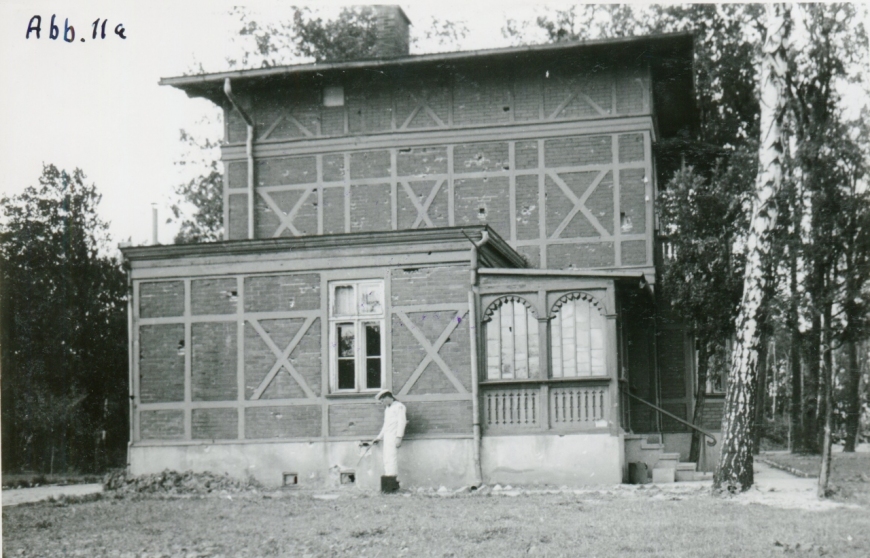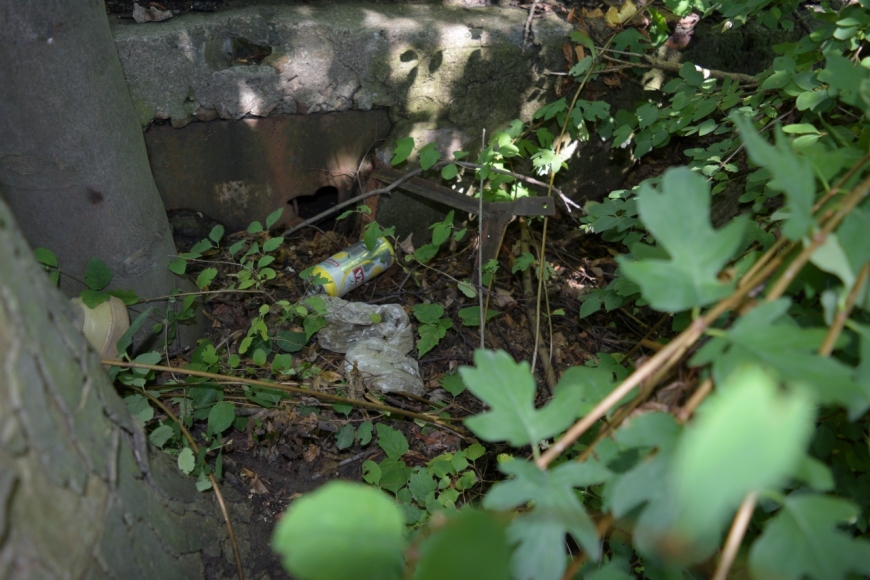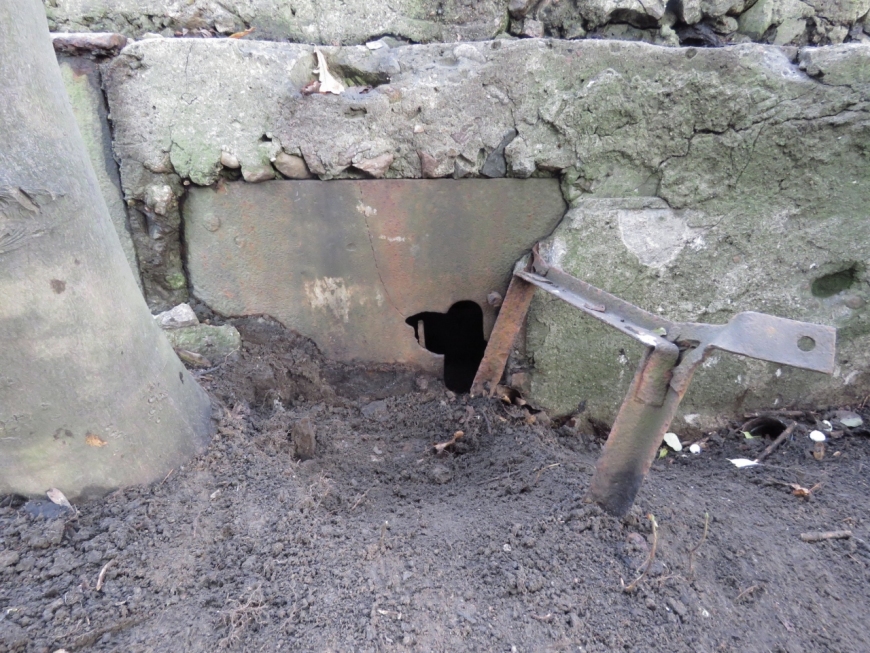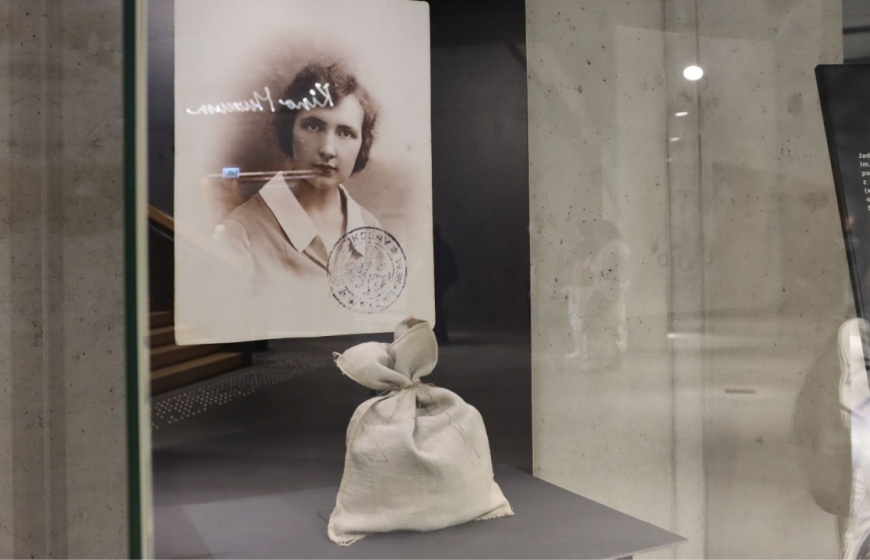#WesterplatteHistory - Senior Rifleman Konstanty Jezierski
The first of the fallen Polish defenders of the Military Transit Depot on Westerplatte. Senior Rifleman Konstanty Jezierski
In today's article, we will introduce you to the profile of a Westerplatte defender, who was sometimes even considered the first Polish military casualty of World War II - Konstanty Jezierski. We will try to present basic information about the fate of this Westerplatte defender, who was awarded the Cross of the Order of Virtuti Militari, 5th Class, in 1945. We invite you to familiarize yourself with the details below.
Senior Rifleman Konstanty Jezierski is one of the lesser-known defenders of Westerplatte. To this day, his full personal details are still considered presumed. According to one version, he was born on May 20th, 1914, in Krzyżówka (Nowe Miasto nad Pilicą municipality, Masovian Voivodeship). According to another version, he was born in Gilówka (Góra municipality, Rawa Mazowiecka county, Łódź Voivodeship). He was the son of Antoni and Tekla née Wiktorowicz. He was called up to the 2nd Marine Rifle Battalion in Gdynia-Redłowo. In August 1938, by daily order No. 150, he earned the title of a good shooter and was awarded a red shooting cord with a single knot. He was then assigned to the 1st rifle company of the 2nd Marine Rifle Battalion. He arrived at Westerplatte on June 8th, 1939, as a soldier with the specialty "rifleman." He was assigned to the 4th squad of the 2nd platoon. On September 1st, 1939, following the daily order of the guard unit's commander, he took up a defensive position in guardhouse No. 3. According to most known accounts, he met his death on the spot in the early hours (around 9:00 am) of the first day of combat. There is no doubt that he was directly hit in the neck and head by a ricochet bullet that entered through the firing port slit in the combat room where his position was located. According to other accounts, he might have been killed even earlier, around 5:00 am, shortly after the start of the fighting. For years, he was considered one of the first Polish casualties of the September 1st wartime actions. All versions agree on the location of his death - it is supposed to have been the southern combat cabin of guardhouse No. 3. In the evening of the same day, he was provisionally buried by his comrades right next to the guardhouse and then moved and buried near the barracks. After the fighting, the presumed body of Jezierski was finally laid to rest in a common grave near the officer's villa. In a later period, the burial place of the defenders of Westerplatte was leveled. However, archaeological work in 2019 brought new findings. Nevertheless, it is still necessary to establish the exact personal details of the Westerplatte defender (through historical research) and confirm the family associated with the identified remains found in 2019, potentially belonging to Jezierski (through genetic research).
According to Krzysztof Dróżdż's research, the birthplace - the village of Gilówka - despite being located near another presumed location - the village of Żdżarki - may not be correct. The researcher established, among other things, his mother's maiden name: Wiktorowicz. Most of the data gathered so far suggests that the fallen Westerplatte soldier with the surname Jezierski is not identical to the one from Nowe Miasto nad Pilicą. According to some doubts sometimes mentioned, Konstanty Jezierski may have had a different first name - Stefan.
According to earlier research by Górnikiewicz, Konstanty had a brother named Jan and entered into a marriage already in 1936. He served in the military first in the 10th Infantry Regiment in Łowicz, and after completing his service, he returned home. However, this information contradicts the data obtained from the preserved documents of the 2nd Marine Rifle Battalion, as during this time, the future Westerplatte defender was serving in that unit, based in Gdynia-Redłowo.
Examining the complete chronology of events on September 1st, 1939, on Westerplatte based on preserved sources, is very difficult. Most accounts are imprecise and often contradictory. After more than 80 years since those events, the chances of resolving the issues that concern researchers are increasingly unlikely.
As the first victims of the Westerplatte battles on September 1st, 1939, the following defenders are indicated: Senior Reserve Sergeant Wojciech Najsarek, Senior Rifleman Konstanty Jezierski, Corporal Andrzej Kowalczyk, and Rifleman Bronisław Uss. If we agree with the hypothesis concerning the later death of Wojciech Najsarek, the station master at Westerplatte, it can be assumed that Jezierski met his death as the earliest among them. However, the names of the first fallen on Westerplatte are in a way only symbolic. Establishing the precise time, place, and name of the first casualty of the September 1st, 1939 combat actions on Westerplatte is and will never be possible.
In conclusion, it is important not only to seek historical truth about the battles on Westerplatte but also to take care of the place of memory that is the Westerplatte battlefield. Both types of activities are key elements of the mission of the Museum of the Second World War in Gdańsk.


















